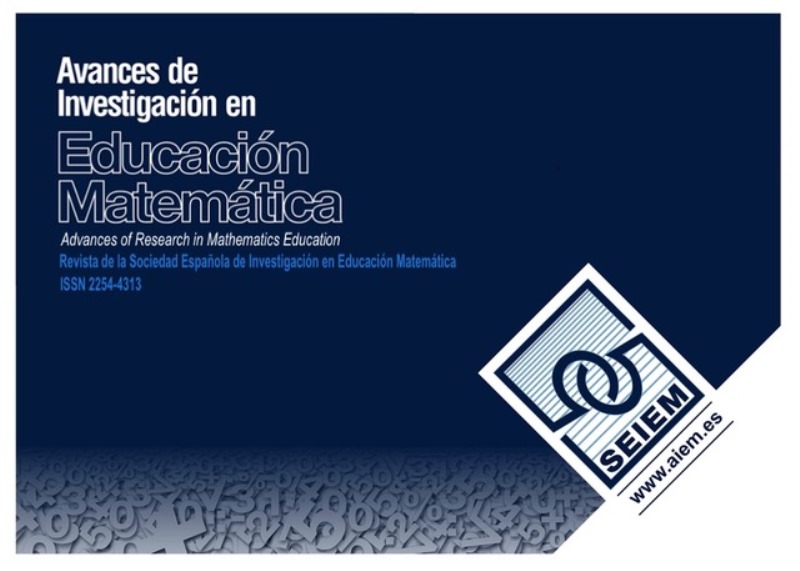Ontosemiotic reference model of proportionality: Implications for curricular design in primary and secondary education
DOI:
https://doi.org/10.35763/aiem.v0i18.255Abstract
The curricular design of a mathematical content at the different educational levels requires considering the diversity of meanings and their progressive articulation, by attending to the degrees of generality and formalization. In this paper, we analyze the different meanings of proportionality, by applying the Ontosemiotic Approach theoretical tools. In particular, we undertake the interpretation of meaning in terms of systems of operative and discursive practices related to the resolution of problem types and the model of mathematical activity algebrization levels. Drawing on prior research, we identify types of situations-problems and configurations of practices, objects and processes, in order to identify partial meanings (intuitive, arithmetic, proto-algebraic and algebraic) that must be taken into account in planning and managing teaching and learning processes of proportionality in primary and secondary education.
Downloads
Downloads
Published
How to Cite
Issue
Section
License
The articles published in this journal are under a license Creative Commons: By 4.0 España from number 21 (2022).
Authors who publish with this journal agree to the following terms:
- Authors retain copyright and keep the acknowledgement of authorship.
- The texts published in this journal are – unless indicated otherwise – covered by the Creative Commons Attribution 4.0 international licence. You may copy, distribute, transmit and adapt the work, provided you attribute it (authorship, journal name, publisher) in the manner specified by the author(s) or licensor(s). The full text of the licence can be consulted here: http://creativecommons.org/licenses/by-nc/4.0.
- Authors are able to enter into separate, additional contractual arrangements for the non-exclusive distribution of the journal's published version of the work (e.g., post it to an institutional repository or publish it in a book), with an acknowledgement of its initial publication in this journal.
- Authors are permitted and encouraged to post their work online (e.g., in institutional repositories or on their website) prior to and during the submission process, as it can lead to productive exchanges, as well as earlier and greater citation of published work (See The Effect of Open Access).









